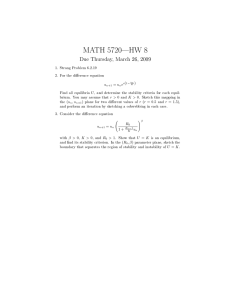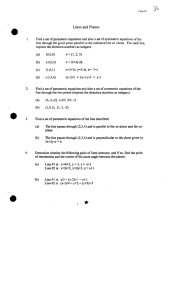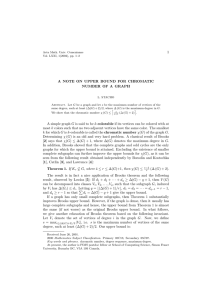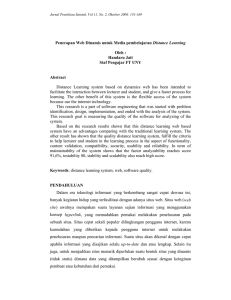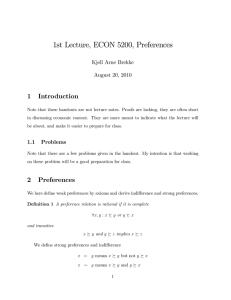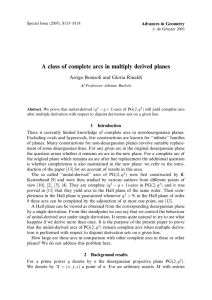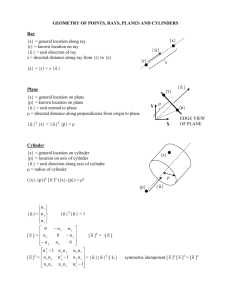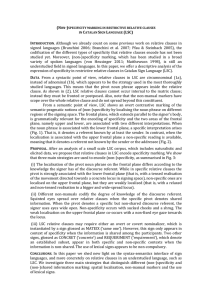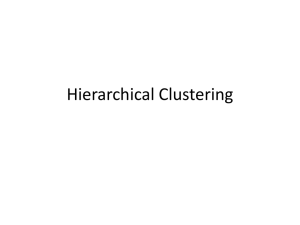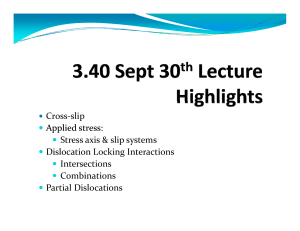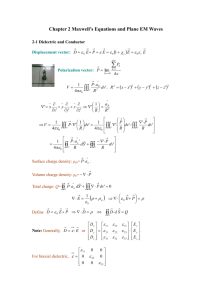Coloring Unit Distance Graph of the Plane - dimacs
advertisement
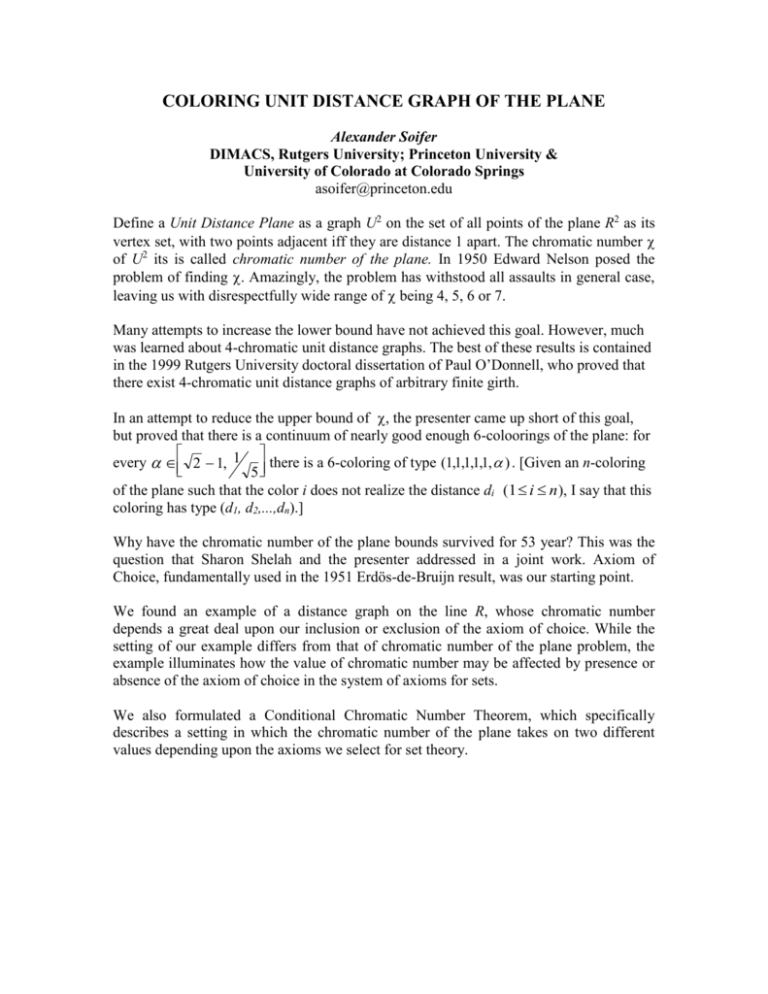
COLORING UNIT DISTANCE GRAPH OF THE PLANE Alexander Soifer DIMACS, Rutgers University; Princeton University & University of Colorado at Colorado Springs asoifer@princeton.edu Define a Unit Distance Plane as a graph U2 on the set of all points of the plane R2 as its vertex set, with two points adjacent iff they are distance 1 apart. The chromatic number of U2 its is called chromatic number of the plane. In 1950 Edward Nelson posed the problem of finding . Amazingly, the problem has withstood all assaults in general case, leaving us with disrespectfully wide range of being 4, 5, 6 or 7. Many attempts to increase the lower bound have not achieved this goal. However, much was learned about 4-chromatic unit distance graphs. The best of these results is contained in the 1999 Rutgers University doctoral dissertation of Paul O’Donnell, who proved that there exist 4-chromatic unit distance graphs of arbitrary finite girth. In an attempt to reduce the upper bound of , the presenter came up short of this goal, but proved that there is a continuum of nearly good enough 6-coloorings of the plane: for , , , , , ) . [Given an n-coloring every 2 1, 1 there is a 6-coloring of type (11111 5 of the plane such that the color i does not realize the distance di (1 i n ), I say that this coloring has type (d1, d2,...,dn).] Why have the chromatic number of the plane bounds survived for 53 year? This was the question that Sharon Shelah and the presenter addressed in a joint work. Axiom of Choice, fundamentally used in the 1951 Erdös-de-Bruijn result, was our starting point. We found an example of a distance graph on the line R, whose chromatic number depends a great deal upon our inclusion or exclusion of the axiom of choice. While the setting of our example differs from that of chromatic number of the plane problem, the example illuminates how the value of chromatic number may be affected by presence or absence of the axiom of choice in the system of axioms for sets. We also formulated a Conditional Chromatic Number Theorem, which specifically describes a setting in which the chromatic number of the plane takes on two different values depending upon the axioms we select for set theory.
